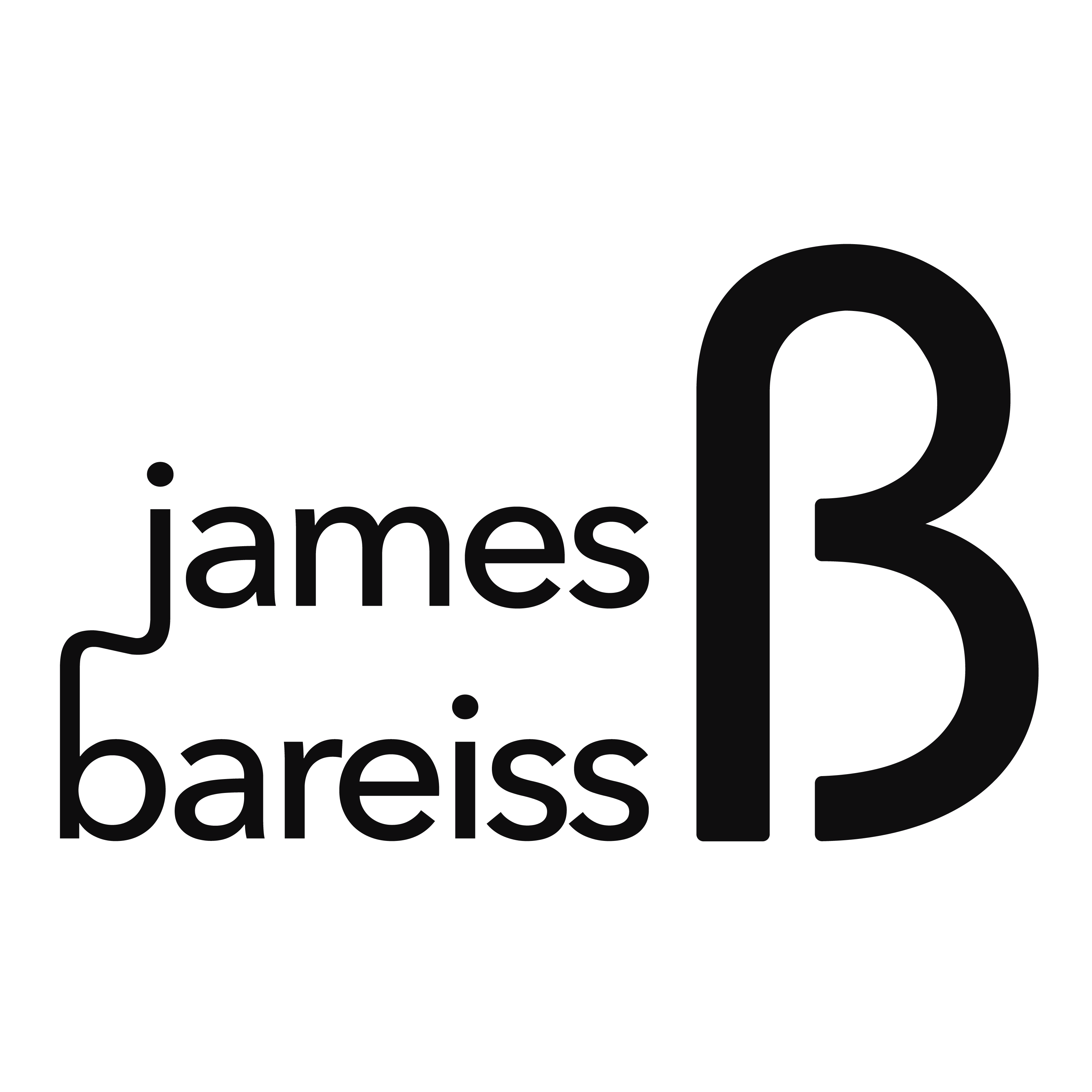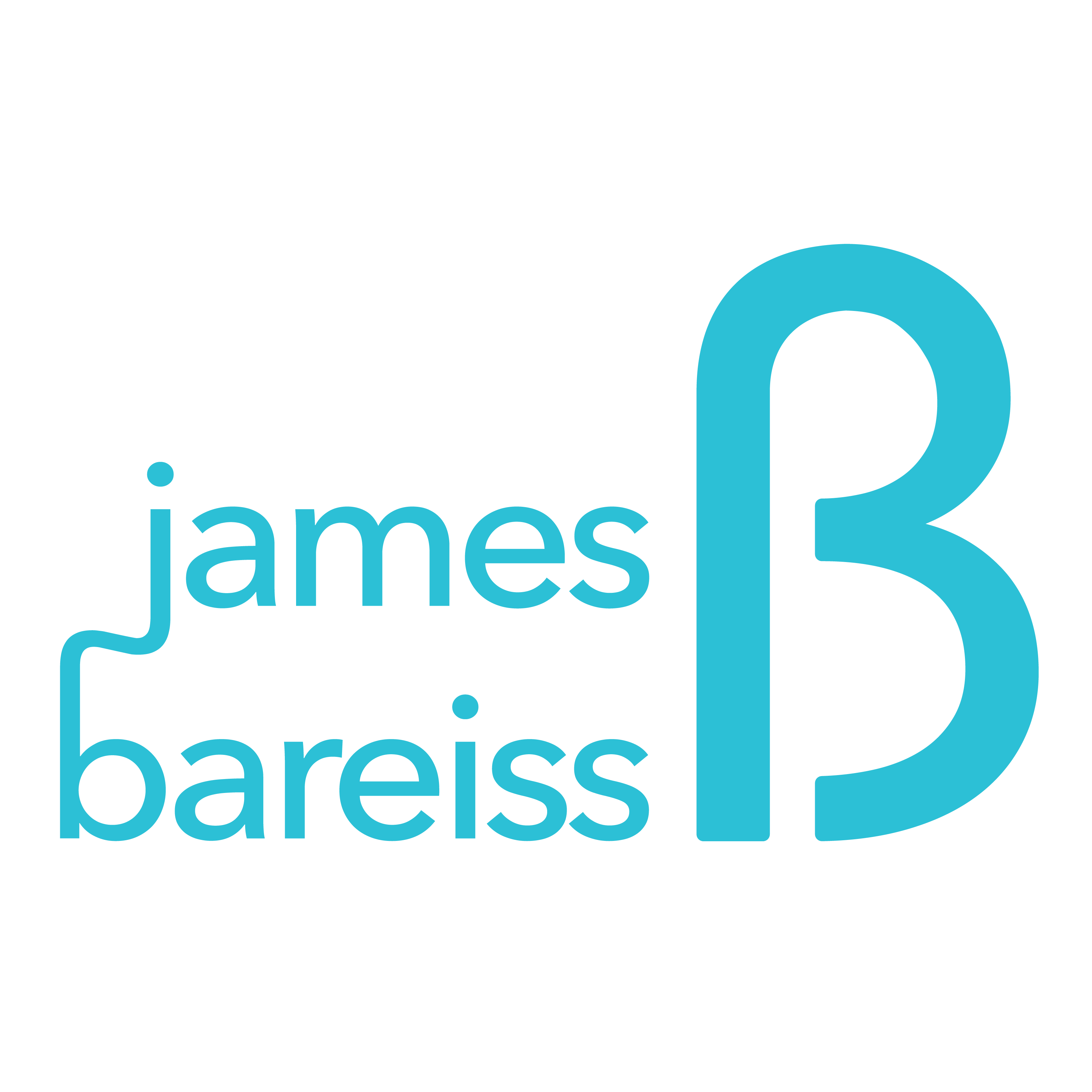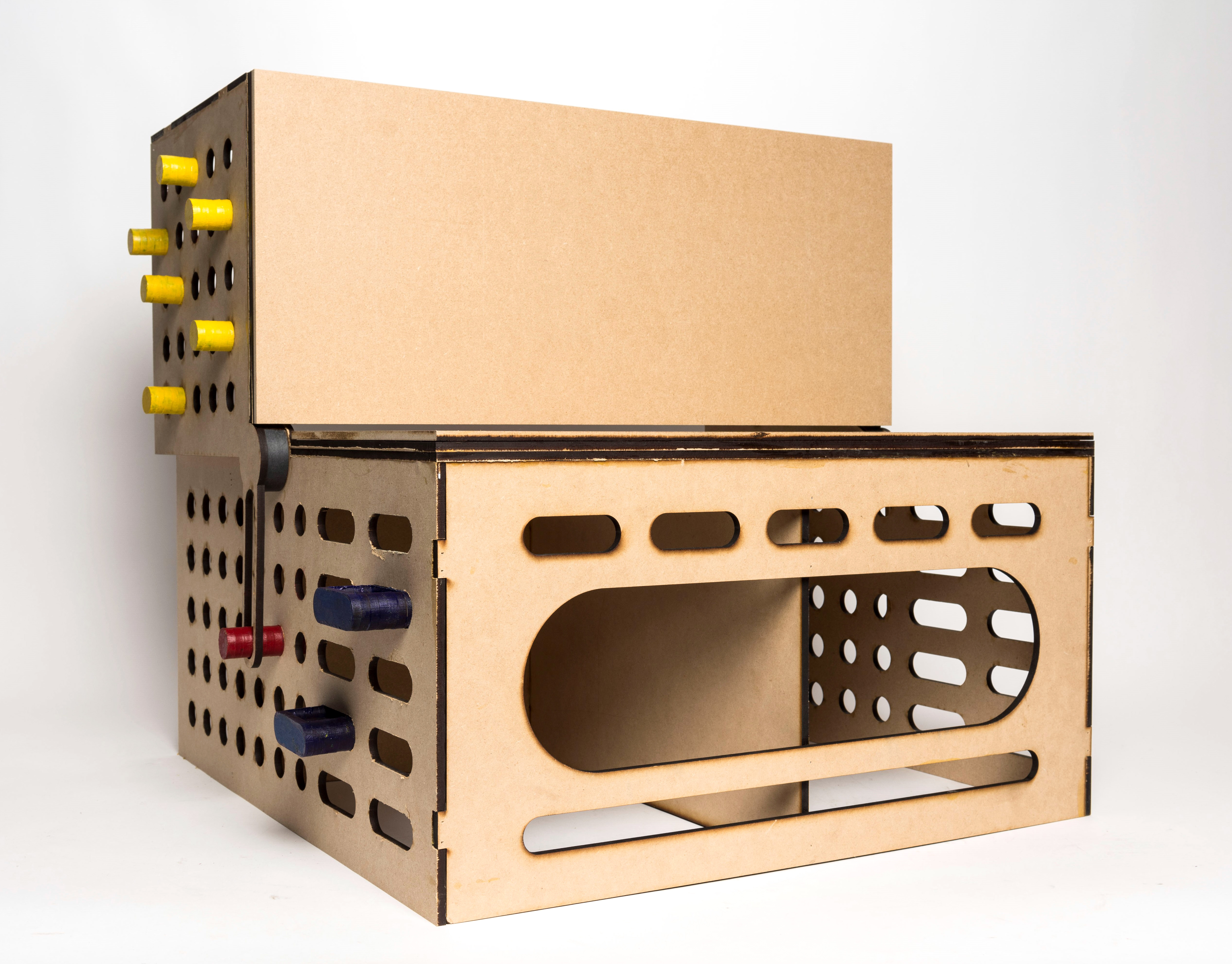Problem:
Protective architecture is an important aspect of urban design. It serves one function, to protect the users of the space, mainly from vehicular terrorism. The main type of protective architecture I am looking into are Bollards - concrete or metal berries separating roadways from pedestrian walk ways and gathering areas. Bollards, although very important to human safety, lack personality and charm, often making the users of the space feel like they are in a war zone.
Goals:
Retrofit existing bollard designs in order to make them more user friendly, interactive, and less of a buzz kill.
Research:


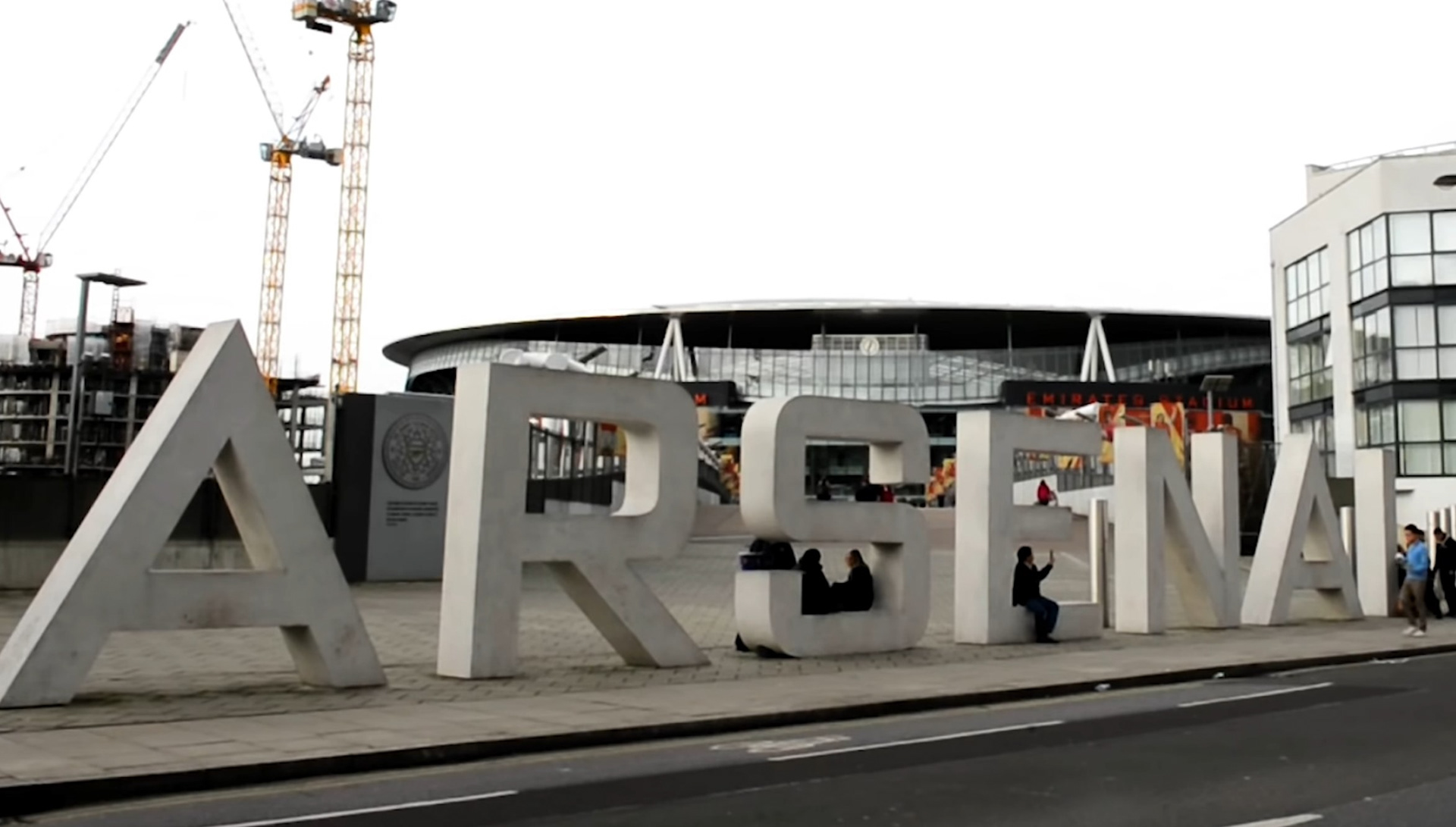
Bad | Bad | Good
Case Study:
Denver Art Museum ^
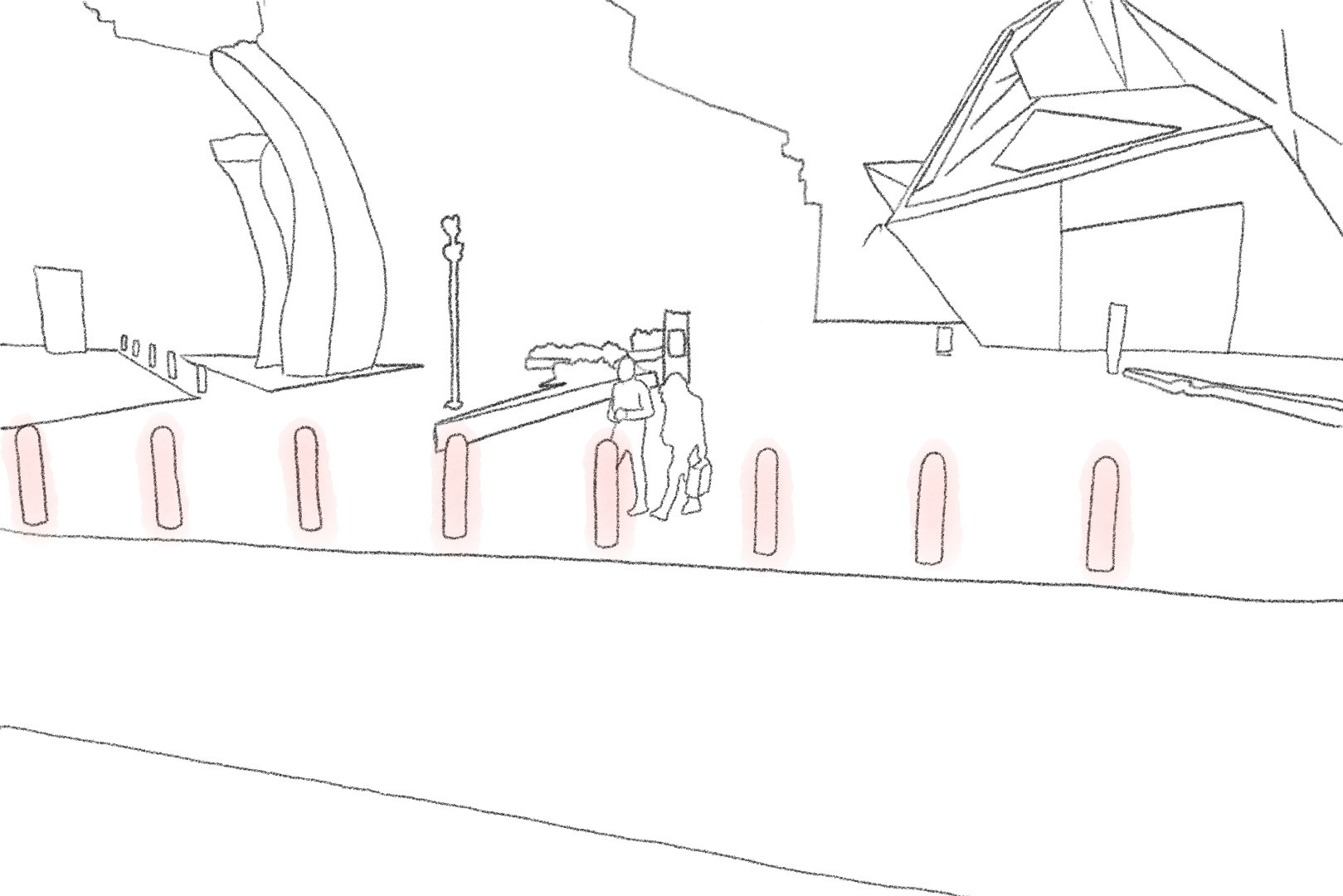



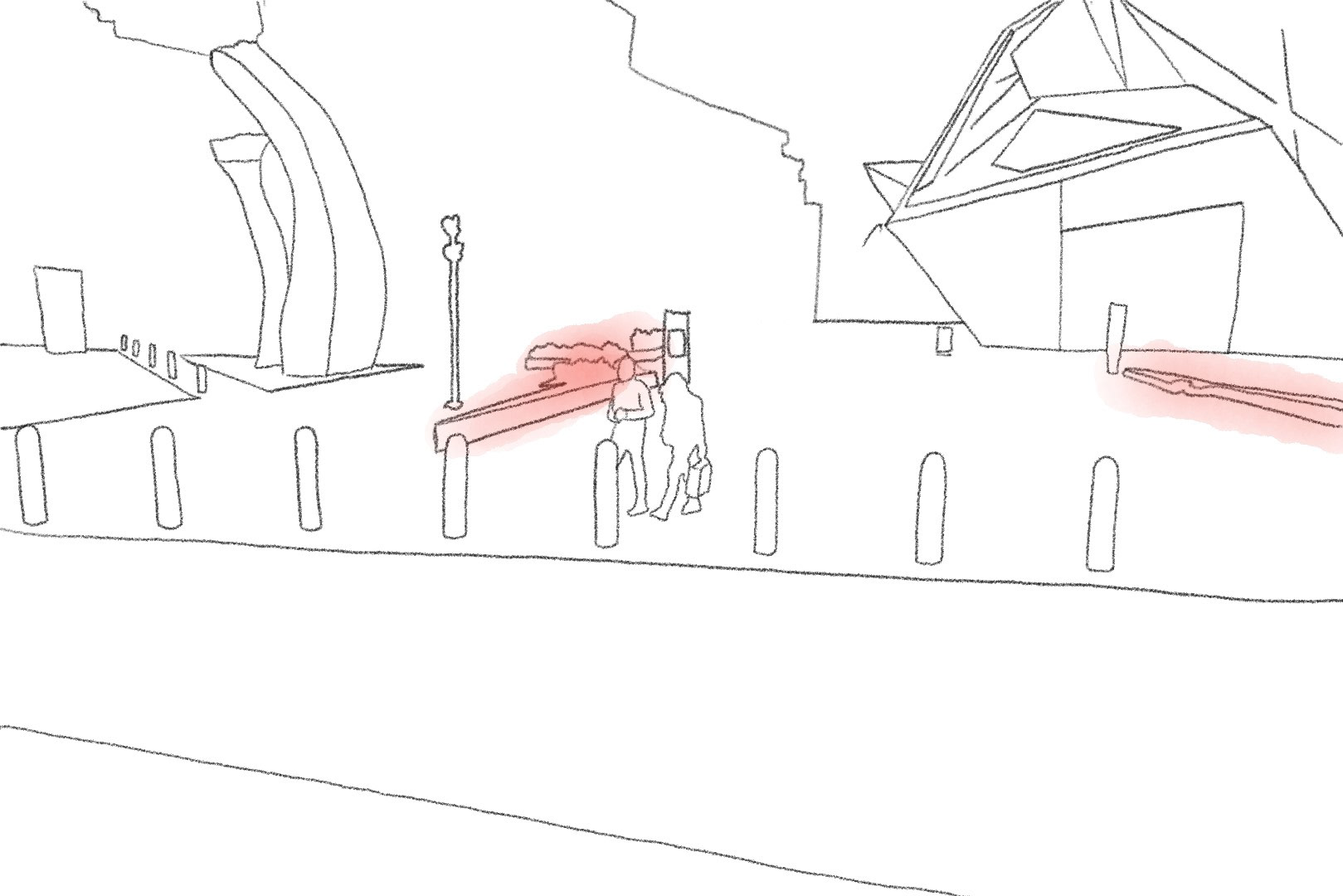
Perimeter Bollards | Interior Bollards | Lighting | Wayfinding | Planters
Ideation:
Low-Fi Models:
Sitting ^
Laying ^
Playing ^
The Pitch:
There are roughly 4,000 homeless people living in the city of Denver. Many of them live in informal encampments around the city, segregated from population centers. My project invites this disenfranchised group into plaza spaces by re-imagining protective architecture as sleeping and sheltering zones.
Ideation:
Mid-Fi Models:
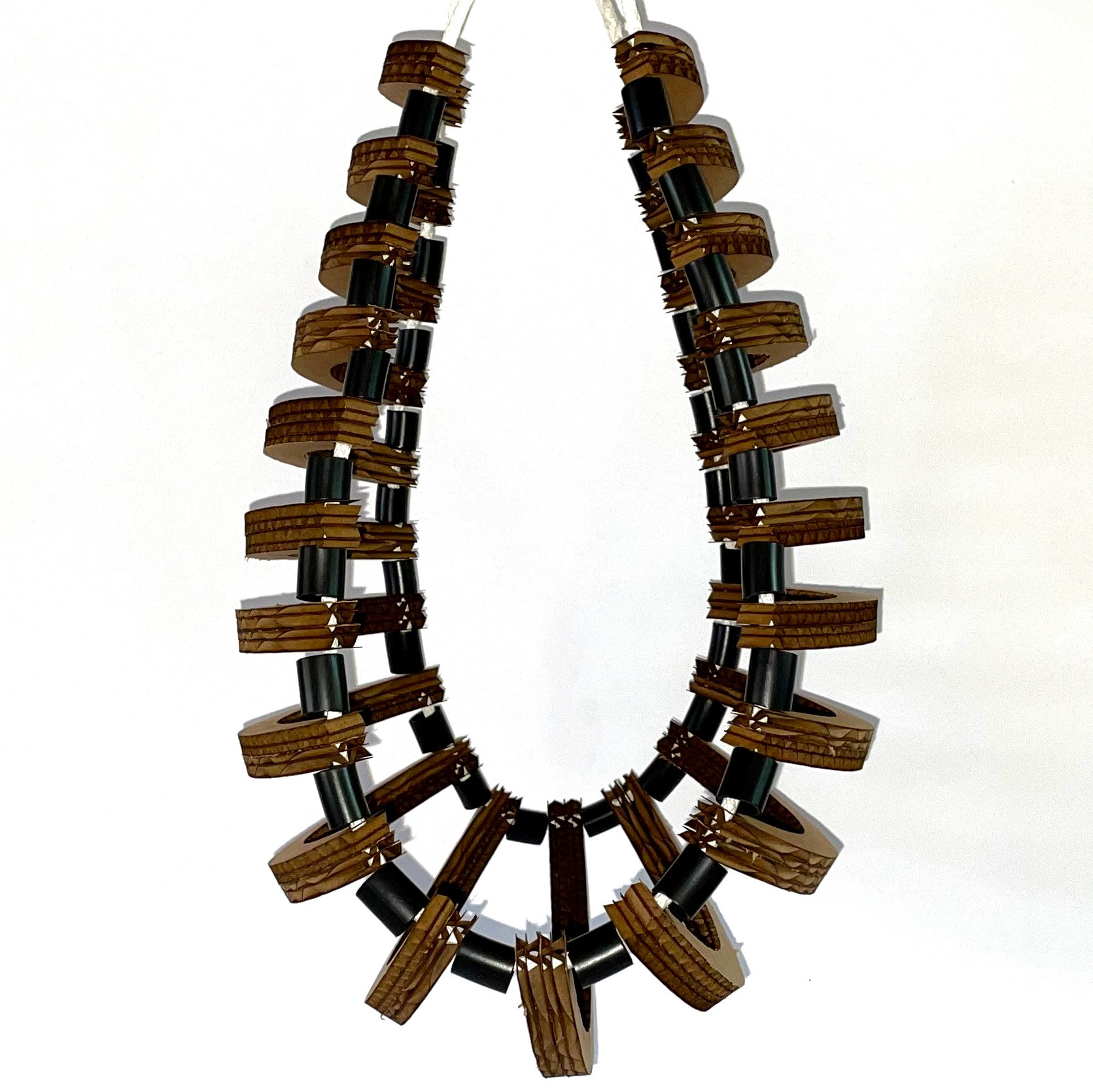

High-Fi Model:
Process:
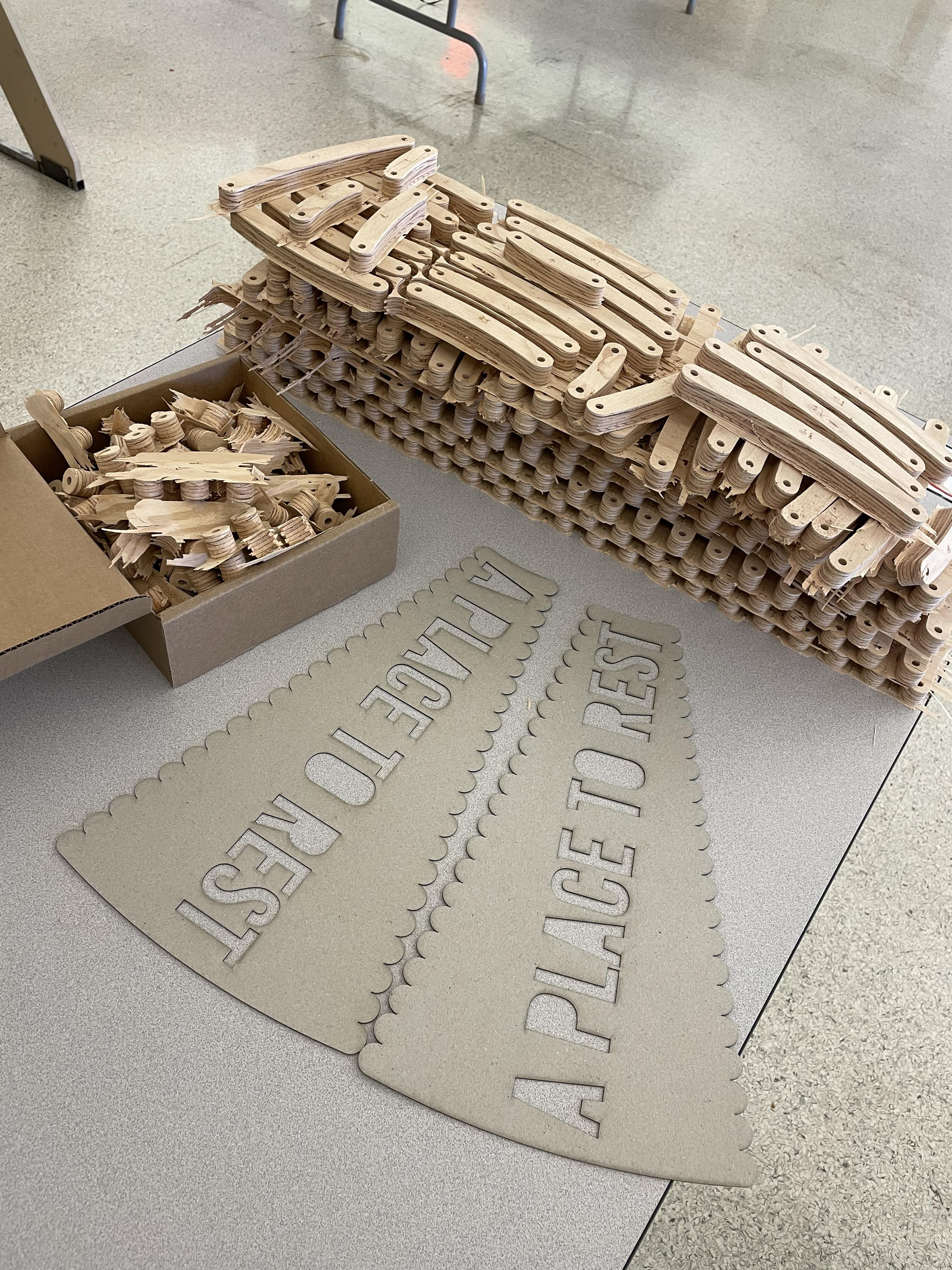






Description:
Humanity Hammock strives to address homelessness by deploying installations in plazas while utilizing the protective architecture within them. With the use of banners, signs, and the humanity hammock attached to bollards, people are informed about the issue and encouraged to donate to local nonprofits that are helping people gain shelter. Humanity Hammock is also a purchasable product, and 100 percent of the proceeds go to sheltering people in need. The sculpted wooden hammock is made out of durable materials, such as marine grade plywood and paracord. The Humanity Hammock is designed to withstand the elements while also being lightweight, flexible, and portable, rolling up for easy transport.
Final Prototype:






Mock-Ups:
